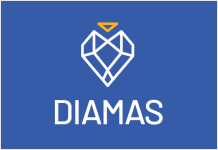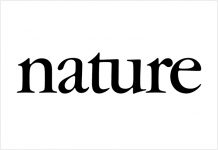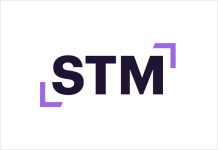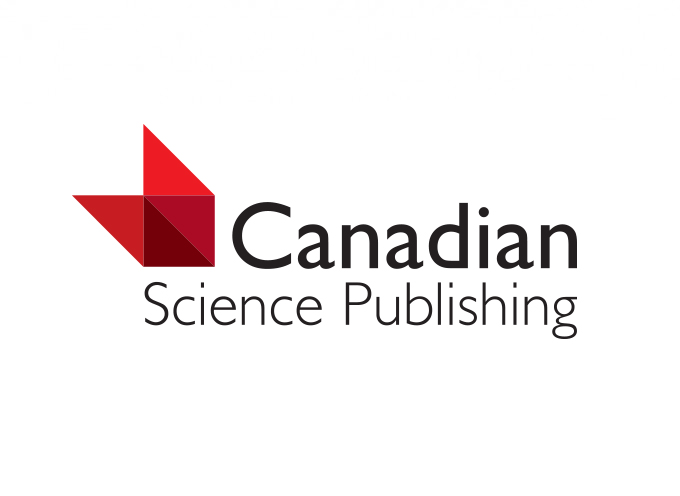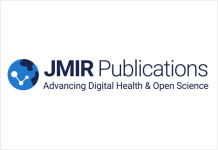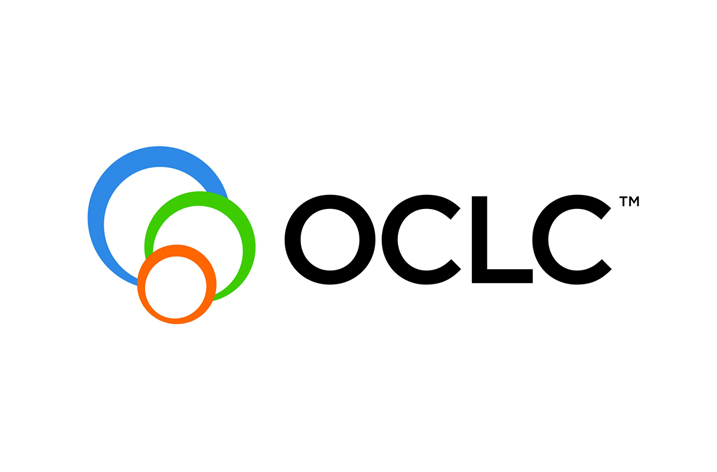
The International Association of Scientific, Technical & Medical Publishers (STM) today released a statement on document delivery. In it, STM sets out five guiding principles it believes should be applied in any consideration of document delivery use and services. STM publishers welcome constructive discussion on these principles, and seek participation in wider debates on document delivery.
With the move to online access, STM journal literature is more widely available and accessible that in the print journal era. Publishers offer a wide variety of access mechanisms, including institutional access, pay-per-view and article rental. Digital document delivery should be considered a top-up tool for occasional information provision, according to the STM statement. More structured and systematic information structure serves regular use and users.
STM maintain that document delivery should be the exception. Permitting document delivery through carefully crafted library exceptions is justified in very limited circumstances. Where document delivery is undertaken by libraries, STM calls for five guiding principles to be observed:
1. The Berne Convention 3-step test must govern any discussion of copyright exceptions – including for library supply
2. Cross-border document deliveries by libraries and other document suppliers should be governed by arrangements negotiated directly with publishers or their authorised representatives
3. Digital document delivery direct to end-users is best governed and coordinated by rights-holders
4. Document deliveries to individuals for “private, non-commercial use” should be subject to appropriate due diligence
5. On-site print document delivery to non-commercial patrons is a good compromise
STM believes that by following these five principles “policy makers can ensure that document delivery will continue in its role as a flexible and useful access-enabling tool in a system of scholarly communication that has made more high-quality information available to more people in more ways than at any time in human history.”
The statement is available on the STM website at:




